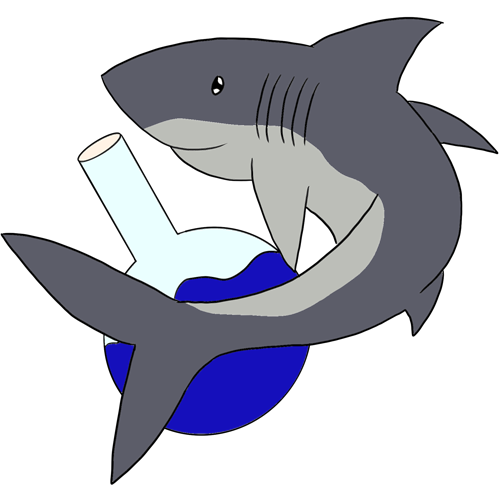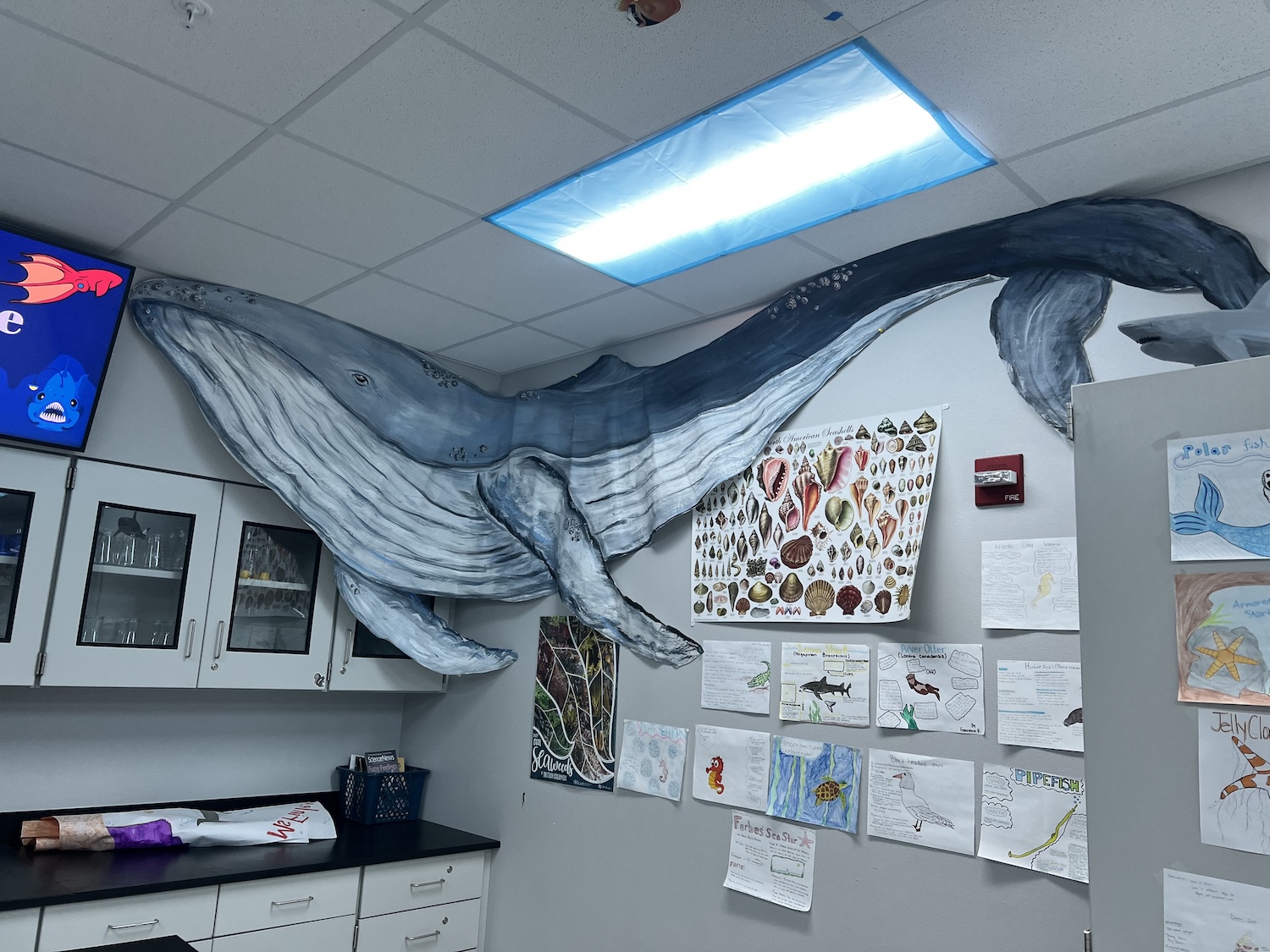Marine science isn’t just about data charts and dissections—it’s also about expression, innovation, and using what makes you you to make a difference.
That’s exactly what happens every year at the end of my marine science class, my students were challenged to bring their individual talents into the world of ocean advocacy. Through an extra credit project, students explored real-world environmental issues and turned them into powerful artistic statements.
Learning Through Expression
Instead of traditional extra credit worksheets or questions, students were invited to choose a current marine issue—like plastic pollution, coral bleaching, oil spills, or overfishing—and express it through a creative medium of their choice. Whether through painting, sculpture, music, skits, or dance, the goal was: show a deep understanding of the issue while making it resonate through art.
This wasn’t just about checking off boxes. The rubric emphasized four key elements:
- Understanding of marine science concepts
- Craftsmanship/Skill in executing their idea
- Creativity/Originality in both format and message
- Effort put into producing meaningful work
Why This Matters for Students
High school is a time to explore identities, passions, and voice. Projects like this empower students to do all three—while also diving into complex, real-world challenges. By letting students connect science with what they already love to do—whether it’s singing, sculpting, or storytelling—they take ownership of the content in a way that’s both personal and impactful.
This isn’t just extra credit; it’s extra engagement. It’s how science education can be more than memorization—it can be motivation
Student Work
While I love to do this project every year to see some of the amazing pieces my students come up with, some that stood out were things I never even thought would be brought to the table! Music videos with self-written songs, crocheted nets to visualize bycatch, even a disco shark that gives the viewer a sense that they are part of the solution by seeing themselves in the shark’s body!
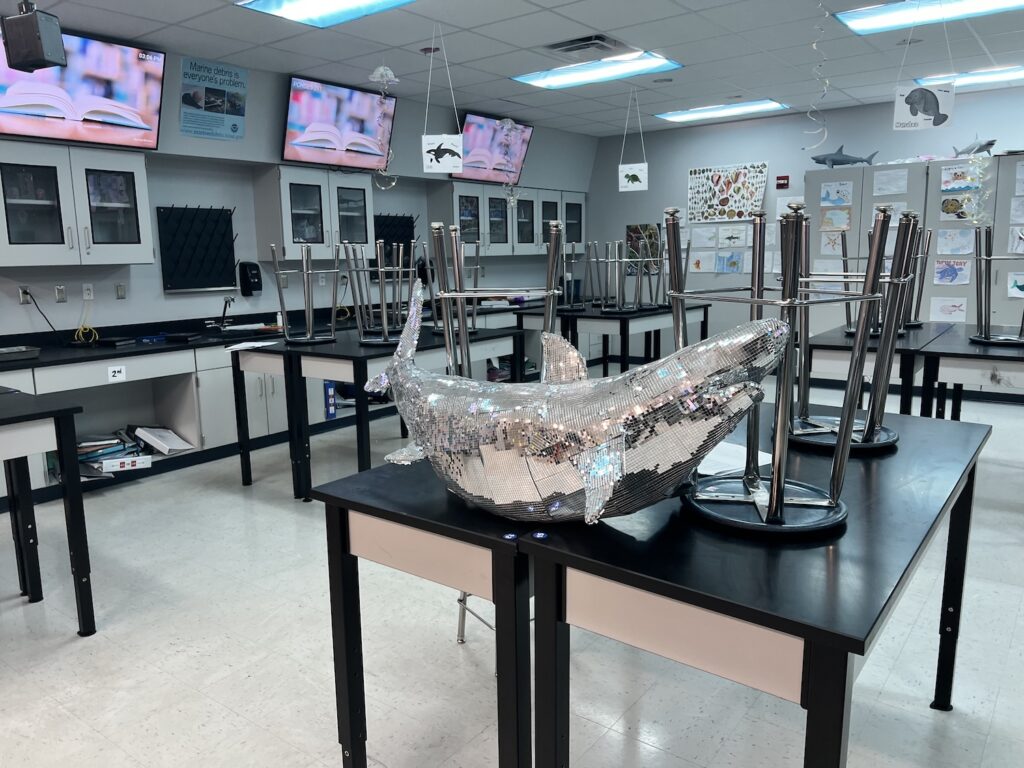
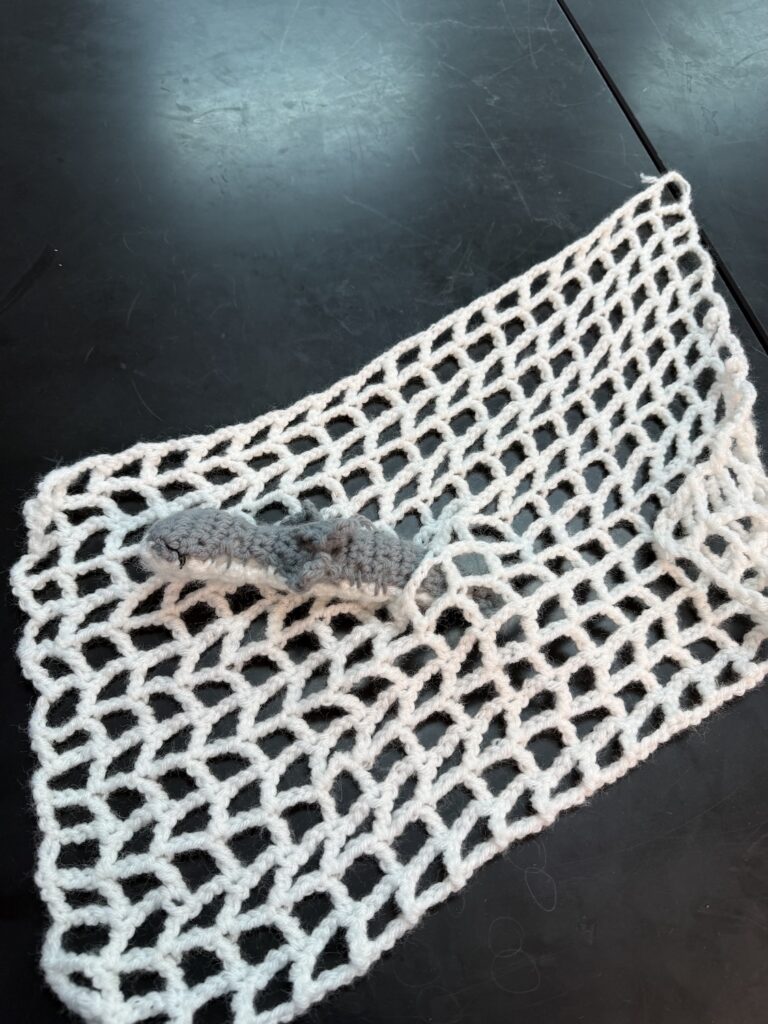
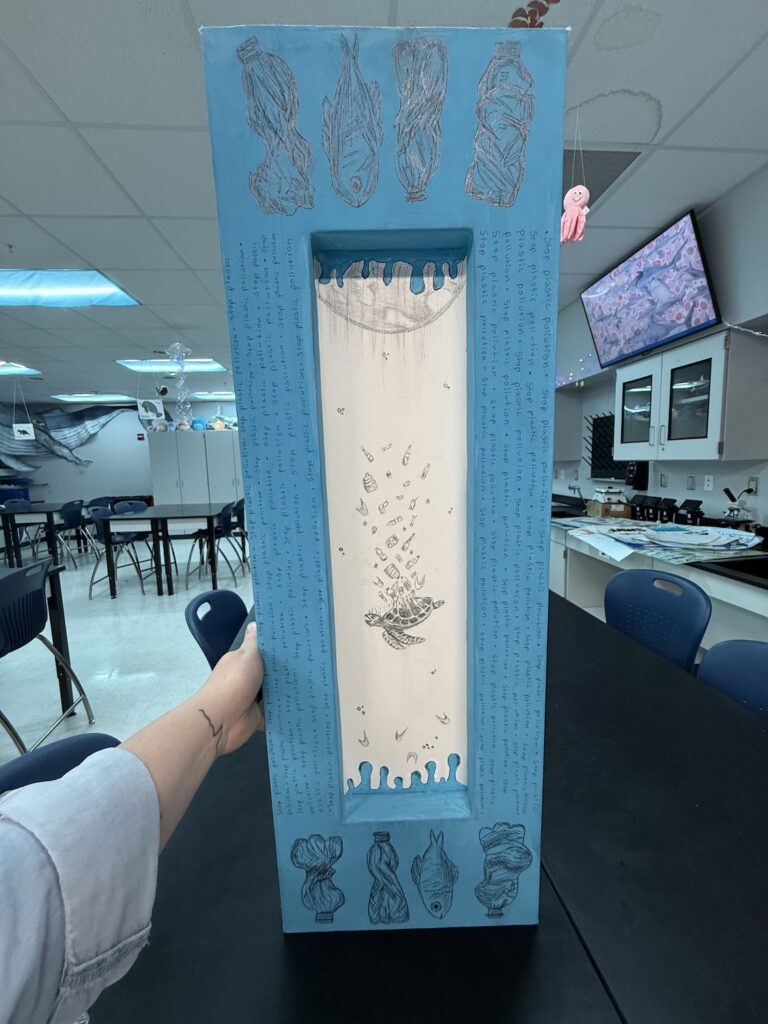
Art as a Tool for Awareness
Science explains the problem. Art makes us feel it. By combining both, students learn how to communicate big ideas and create emotional connections to environmental issues. That’s a skill they can carry far beyond the classroom—into activism, leadership, and any career path they choose.
One of my past club students, Sarah Brunner, is even taking her talents to aquariums like Mote Marine Lab where her piece on Eugenie Clarke is placed in their new building for all to see!
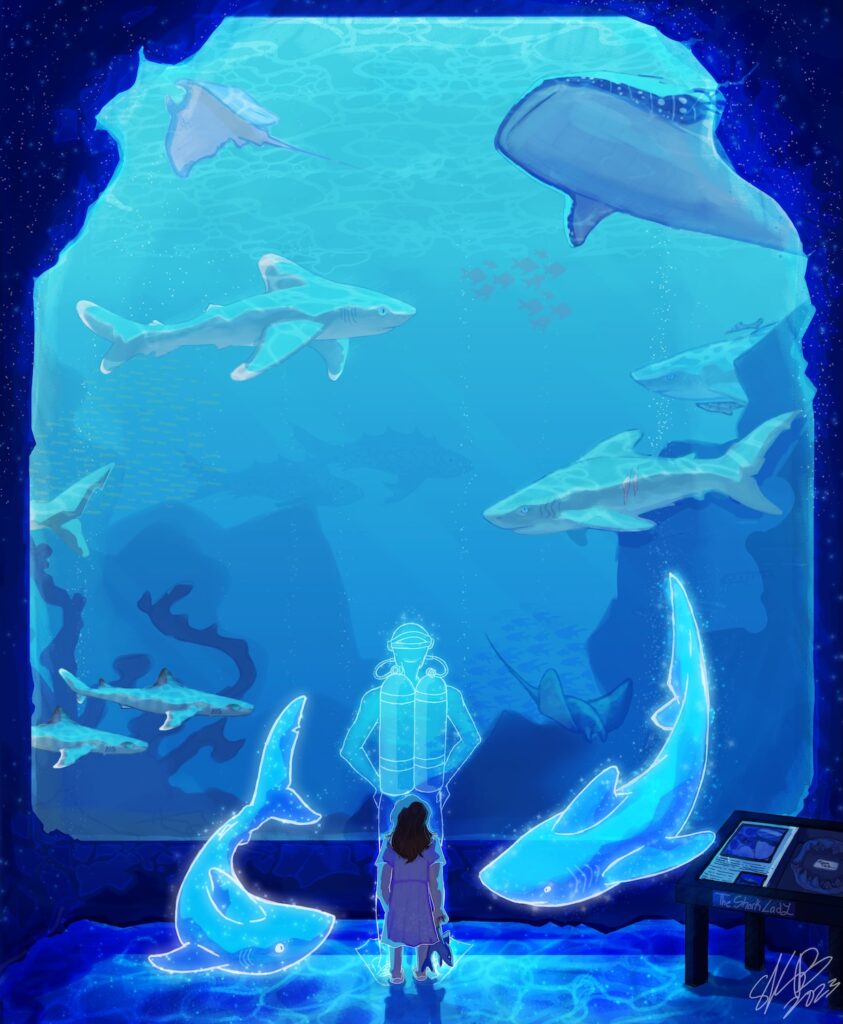
Artistic talent is not just for being a casual Van Gogh or Salvador Dali, it’s also to bring engagement, love, and appreciation to the world, and especially our big, beautiful oceans!
Here are some of the amazing videos my student created including writing their own lyrics and accompaniment!
